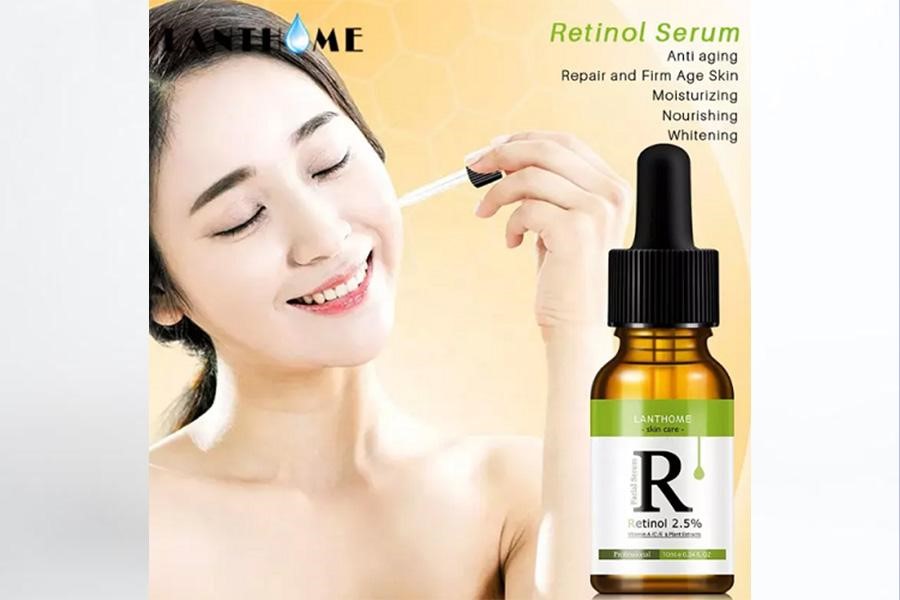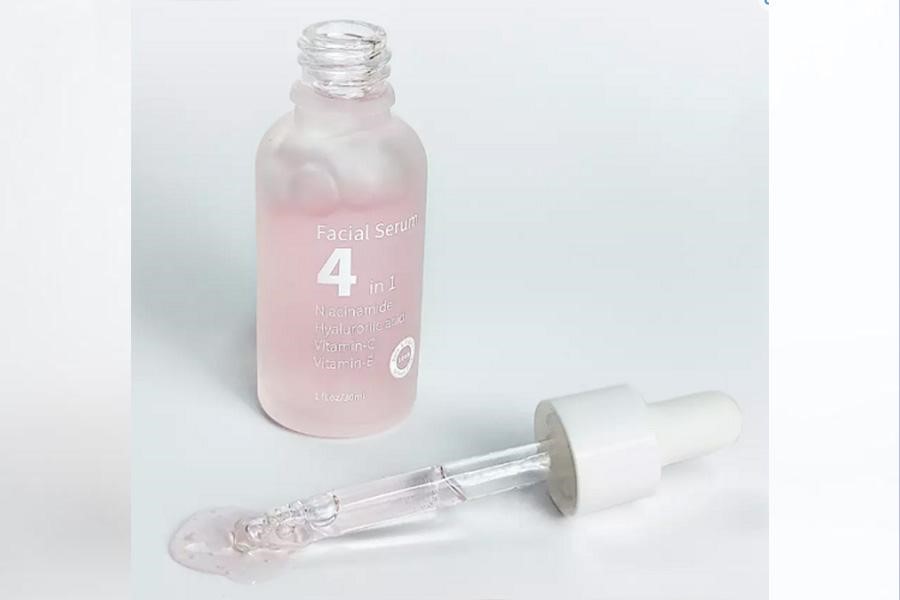The skincare industry is evolving, with new innovativations making anti-aging skincare products more effective in correcting premature aging. This is coupled with increasing interest from consumer’s for the benefits these products offer. For businesses in the beauty and personal care industry that aim to capitalize on this market, this guide highlights four essential anti-aging skincare ingredients that will ensure one stays ahead in 2022.
Table of Contents
Market growth for anti-aging skincare products
How to select anti-aging skincare ingredients?
Boost your catalog today
Market growth for anti-aging skincare products
Consumers’ obsession with skin health has left an increasing desire for smooth, tight, and glowing skin. As a result, visits to skin beauty businesses like spas and esthetician-led clinics are at an all-time high.
Customers want a new look, and skincare manufacturers have the opportunity to increase profit. They can do that with increased interest in in-office treatments and at-home skincare routines, with good skincare products that focus on safe, effective ingredients.
As the demand for skin care products rises, there’s an opportunity for industry growth, with the global anti-aging skincare products market projected to reach US $88.3 billion between 2021 and 2026, at an annual growth rate of 7%. The U.S led this growth at US $14.2 billion in 2020, accounting for a 27.04% share of the global market. The increase was due to a widespread desire to look younger, coupled with new product launches to meet this growing market demand.
How To Select Anti-aging Skincare Ingredients?
With anti-aging ingredients seeing rapid growth in a range of beauty and personal care products, businesses can ensure their appeal by offering trending products that contain highly sought after ingredients. Knowing what consumers are looking for is essential to maintaining profits, and the following four products are set to be in high demand in 2022 and beyond.
1. Sunscreen products
As awareness of sunburn and its effects increases, standalone sunscreen products fail to meet rising consumers’ needs. There’s a significant increase in demand for sunscreen products with anti-aging properties. For this reason, the sunscreen products’ market value will reach US $10.7 billion in the U.S by 2024.
There’s an opportunity for businesses to use this trend to boost product sales. More consumers use SPF to protect against loss of skin elasticity caused by over-exposure to sunlight. They can also use it to combat premature aging and skin cancer.

The Skin Cancer Foundation reports that SPF reduces the risks of skin cancer by 40 to 50 percent, and it works for various skin types.
According to the RealSelf Sun Safety Report, 53% of American men who use sunscreen reapply it almost every time. They do that to prevent skin cancer, and the same report shows that most Americans prefer using a moisturizer with SPF.
A combination of moisturizer and SPF helps keep moisture in the skin and protects it from the sun. SPF contains glycerin which hydrates and brightens one’s skin, making it look younger. Businesses can therefore ensure they provide a combination of both in order to leverage this trend.
2. Collagen-boosting anti-aging products
The skin needs collagen for elasticity and firmness. Consumers’ high demand for ingredients like retinol is because it boosts collagen production. As one ages, skin cell regeneration slows down causing a dry and dull skin tone.
Retinol contains vitamin E which speeds up skin cell growth and reduces wrinkles. It also helps remove dark spots and age spots, giving one a beautiful complexion.

Retinol used to be a nighttime ingredient, but it’s also used in the daytime. According to A-list facialist Sarah Chapman, one can apply retinol day and night to maintain its presence in the skin. This is important because its potency reduces each time it’s exposed to the sun.
That’s also another reason businesses should include SPF in their skincare catalog. It offers an extra layer of protection and, when paired with retinol, maintains its effect on the skin.
3. Antioxidants
Antioxidants protect the skin from damage caused by UV rays and pollution. Vitamin C is an antioxidant that helps combat hyperpigmentation and hydrates the skin. Vitamin C serum is especially popular as it evens out one’s skin tone, giving it a youthful glow.

A side effect of aging is loose skin. Vitamin C serum also boosts collagen production, which helps tighten the skin. It prevents the formation of free radicals, which break down collagen and elastin. With time, this causes the acceleration of aging with signs like wrinkles, dry, and dull skin.
Hyaluronic acid draws moisture from the air and holds it in the skin. Vitamin C serum paired with hyaluronic acid is a powerful ingredient combination. They are effective together in hydrating and repairing the damage done to the skin over time.
Cosmetic antioxidants are seeing a rise in popularity. The market value is projected to reach US $158 million by 2025 at a CAGR of 5.9%. This means that there’s an opportunity here for businesses to capitalize on this by including vitamin C serums and hyaluronic acid in their skincare catalog.
4. Anti-aging moisturizers
The skin around the eyes is used for facial expressions and needs special care. Due to premature aging and stress, the eyes may also have bags and dark circles. Consumers use anti-aging eye cream moisturizers because it removes dark circles and puffiness around the eyes.
They contain niacinamide that protects against UV rays. Niacinamides also clear acne, making the skin firm and healthy.

They also help reduce redness and inflammation around the eyes, improving skin texture. They hydrate and nourish the skin, leaving it with a natural glow. And because the skin under the eyes is thin and delicate, niacinamides are particularly useful. They also offer a protective barrier between the skin and external pollution.
Also, a combination of moisturizer and ceramides can be used to prevent acne and soothe the skin. They can be paired well with other skincare ingredients, and help to maintain skin integrity.
The moisturizing cream market is projected to reach US $12.22 billion by 2027, at a CAGR of 4.45%. This means there’s room for businesses that provide different types of anti-aging moisturizers to appeal to a broader range of customers.
Boost your catalog today
Globally, the awareness and demand for anti-aging skincare products is increasing steadily, and consumers are prioritizing brands that offer multifunctional skincare products to fight signs of aging and enrich the skin. By incorporating these ingredients into your skincare product line, you can ensure you are well placed to benefit from this growing trend.




